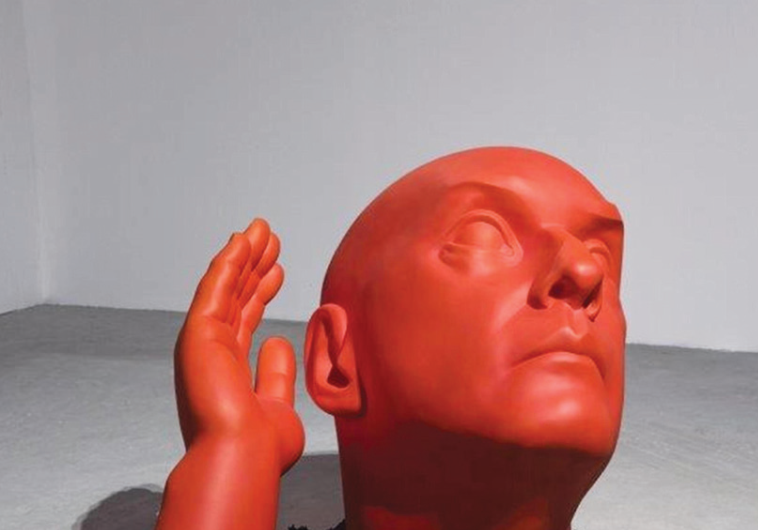In his own BACKYARD
Prominent Israeli sculptor Uri Katzenstein’s latest solo exhibition is now on view at the Tel Aviv Museum of Art.
 WORKS ON display from Uri Katzenstein’s latest exhibit ‘BACKYARD’ at Tel Aviv Museum of Art.(photo credit: REVITAL TOPIOL)
WORKS ON display from Uri Katzenstein’s latest exhibit ‘BACKYARD’ at Tel Aviv Museum of Art.(photo credit: REVITAL TOPIOL)